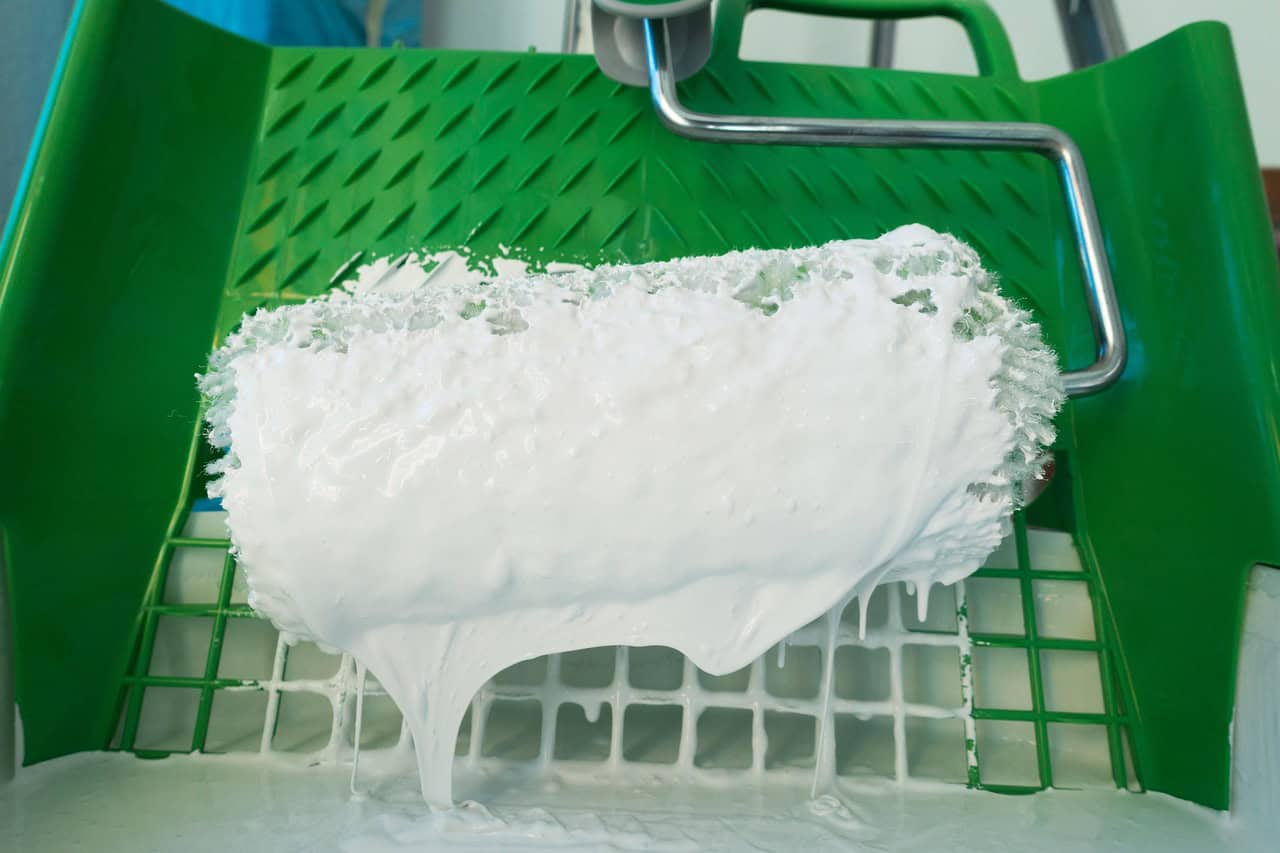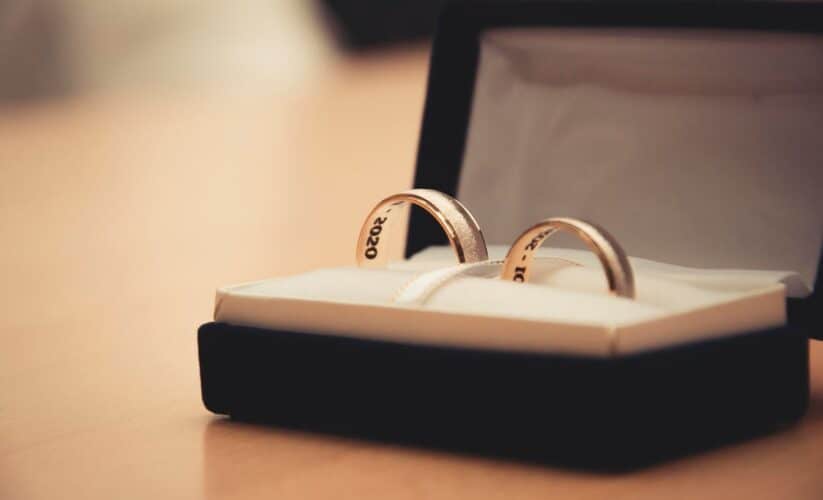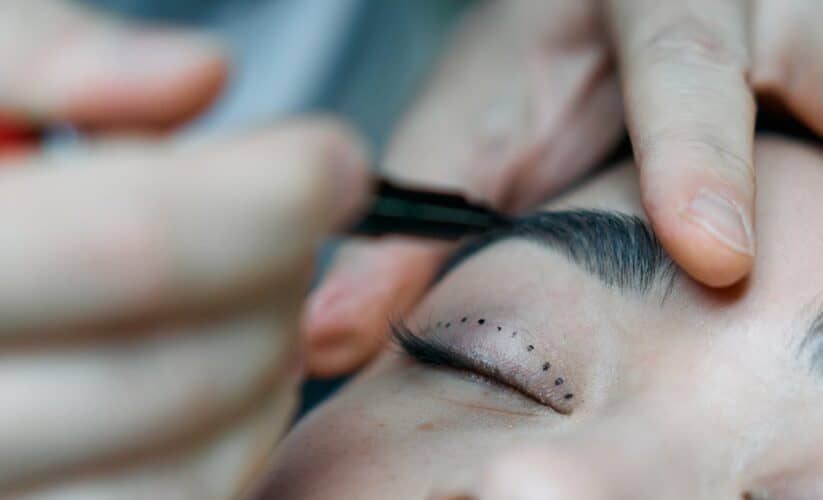
Is Epoxy Flooring Safe For Home Use? Find Out More
When it comes to flooring options for your home, epoxy flooring is gaining traction. With its sleek appearance and durability, many homeowners are curious about its safety.
Let’s unpack the essential details surrounding epoxy flooring, covering its benefits, potential risks, installation process, and maintenance.
What is Epoxy Flooring?
Epoxy flooring consists of a base coat and a hardener, mixed to form a durable surface. This combination creates a chemical reaction, resulting in a tough, resilient finish.
Commonly used in commercial settings, it’s becoming increasingly popular for residential use, especially in garages, basements, and kitchens. Its visual appeal and functionality make it an attractive option for many homeowners.
Benefits of Epoxy Flooring
One of the main advantages of epoxy flooring is its durability. It can withstand heavy foot traffic and resist spills, stains, and chemical damage, making it suitable for areas prone to messes.
Furthermore, it is easy to clean, requiring only regular sweeping and occasional mopping. The seamless surface also eliminates cracks and crevices where dirt and grime might accumulate, creating a more hygienic environment.
If you’re seeking an option that blends resilience with aesthetics, consider durable, stylish resin floor systems as a standout choice in modern home design.
Another benefit lies in its aesthetic appeal. Epoxy flooring comes in a variety of colors and finishes, allowing homeowners to customize their spaces.
Whether you prefer a glossy or matte finish, there’s likely an option to match your home’s style. This versatility can transform an ordinary space into an eye-catching area.
Is Epoxy Flooring Safe for Indoor Use?
Safety is a primary concern when considering any flooring material. Epoxy flooring can be safe for indoor use if properly applied and maintained. One key factor is ventilation during the installation process.
The curing phase can release volatile organic compounds (VOCs). Adequate ventilation helps mitigate exposure to these substances, ensuring a safer environment while the flooring sets.
Once cured, epoxy flooring is generally considered a safe choice. The surface is non-porous, minimizing the growth of mold and bacteria.
Additionally, it provides a slip-resistant finish, reducing the risk of accidents. For those with allergies or respiratory issues, ensuring good ventilation during and after installation is advisable.
Potential Risks of Epoxy Flooring
While epoxy flooring boasts many benefits, it’s not without its risks. First, exposure to VOCs during the installation can pose short-term health risks, such as headaches and respiratory irritation. However, these symptoms typically resolve once the area is well-ventilated.
Another consideration is temperature sensitivity. Epoxy can become slippery when wet, especially in colder environments. Homeowners should be mindful of maintaining the flooring to prevent slips and falls. Applying anti-slip additives during installation can enhance safety.
Additionally, the curing time can vary based on humidity and temperature. If not allowed to cure correctly, the epoxy may weaken, leading to potential issues down the line.
Installation Process

Installing epoxy flooring isn’t a simple task, and it often requires professional assistance. The process generally begins with surface preparation, which includes cleaning and repairing any existing concrete. This step is crucial, as any imperfections can affect the adhesion of the epoxy.
Once the surface is ready, a primer is applied to enhance bonding. The base coat is then mixed with a hardener and poured onto the surface.
After spreading evenly, decorative elements, if desired, can be added. Finally, a topcoat is applied to enhance durability and resistance.
Overall, proper installation plays a vital role in the safety and longevity of epoxy flooring. Homeowners should weigh the cost of hiring professionals against the potential risks of a DIY approach.
Maintenance of Epoxy Flooring
Keeping epoxy flooring in top condition doesn’t require extensive effort. Routine cleaning involves sweeping and mopping with a mild detergent.
Avoid harsh chemicals that could damage the surface. Regular maintenance also includes inspecting for chips or scratches, addressing any issues promptly to prevent further damage.
If the flooring starts to lose its luster over time, a re-coat of epoxy can restore its shine. This process typically involves cleaning the surface and applying a new layer, significantly extending the life of the flooring.
Environmental Considerations
Choosing flooring material also involves considering its environmental impact. Epoxy can be a sustainable option when sourced from eco-friendly manufacturers. Some products contain recycled materials and have lower VOC emissions, making them a better choice for environmentally conscious homeowners.
Another factor is the longevity of epoxy flooring. Its durability means it doesn’t need to be replaced as often as other materials, which can contribute to reduced waste. Homeowners seeking sustainability should research products that align with their values.
Cost Considerations
Cost can be a determining factor when selecting any flooring material. Epoxy flooring typically falls in the mid-range price bracket.
While initial costs might be higher than traditional options like vinyl or laminate, the long-term benefits often outweigh these expenses. The durability and minimal maintenance needs can make epoxy a cost-effective choice over time.
Considerations like the complexity of the installation and the type of epoxy chosen can affect the overall cost. Homeowners should obtain multiple quotes to ensure they’re making an informed decision.
Considering epoxy flooring for your home involves weighing various factors: safety, benefits, risks, installation, maintenance, environmental impact, and cost. With proper application and care, epoxy flooring can provide a stylish and safe solution for many residential spaces.





